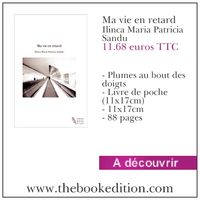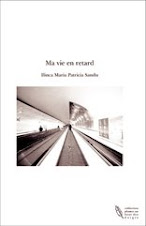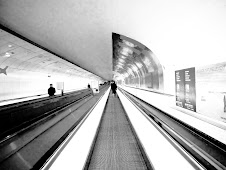The relation between the construction of the nation states and the art. This moment concerns the XIX'th century in Germany and Italy. This period explains how the use of art constitues the row material due to serve to justify the existence of the nation before the state was built (usage of the past). Art was used by new states to install themselves and to represent them and also to legitimate themselves.
During the first half of the XX 'th century, the confrontation between the regimes communist and fascist did not limit itself at the ideology and military , but also concerned the cultural field. In fact the USSR of Stalin, the Germany of Hitler and the Italy of Mussolini created a common estethic in spite of their politic oposition. Those totalitarian regimes have used the art as an instrument of their propaganda.
If art is an active agent of communication between people it is also because it is equally a means of expression of the ideology. One question that follows is in what way the art has participated to the enrolment of the people?
The architecture has offered the luxury and display, its giantism has expressed the authority, giving rise to both fear and admiration. Concerning the fine arts they challanged the supreme chief and they announced the arrival of the "new man". Arts in general gave some form to the totalitarian utopia, which had as a final purpose to change the nature of the human being: to annihilate any form of individualism.
They imagined man as a simple wheel of a huge machine, the one of the all mighty state. The objective was to convince the people of its superiority and to make it accept all the sacrifices in a spiritual union with the Head of State. The art was not the reflection of the society but the reflection of the idea that the power had made of the people
Art as a vector of the politic: in other words which functions the diferent regimes assign to the art? Teaching vertues, demonstrative ones, reconversion?...
Art as a political practice: the estheticism of the polics is a phenomenon which was underlined by Walter Benjamin for the nazi but which can also be applicable to other form of government.
Art was concieved to convert the people in both a symbolic way for the essential legitimation of the regime but also because of the esthetic emotion of the mass which was concieved as an efficient diving force for the membership and attachment to the values the regime proposed. The monumental art, for example, is difficult to understand if it is detached of the political liturgy which served as a case as the fascist art did.
The nazi choices: the plans of Berlin by Hilter and Speer, the principles, the works (architecture and sculpture) that are to be found in Albert Speer's Books and Memoires, as the architectural delirium of the II-rd Reich. Hitler does not like Berlin he wishes to give it the looks of his political ambitions. The showcase of the regime has to go through a sisethmatic demolition of the buildings which could stop the projects of the architect Albert Speer. Only the war has delayed the constructions of the new capital baptised "Germania" of which inauguration was due to the universal exposition in 1950;nevertheless the old town has been destroyed. The only visible constructions are those of the olympic installations of the olympic games of 1936's summer of Werner March, the airport of Tempelhof by Ernst Sagebiel, the administrative complex of the Fehrbelliner Platz, the barracks of the former Quartier Napoleon ( occupied after 1945 by the French Forces stationed in Germany) and the former minstry of the Air the Reichsluftfahrtministerium

















No comments:
Post a Comment